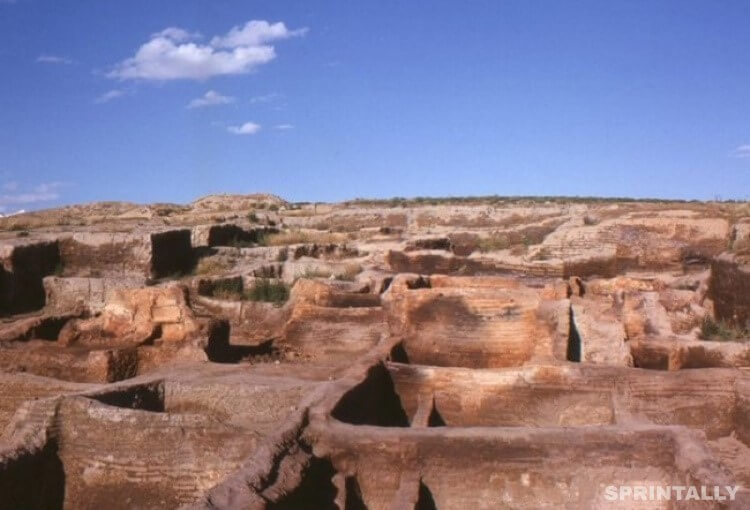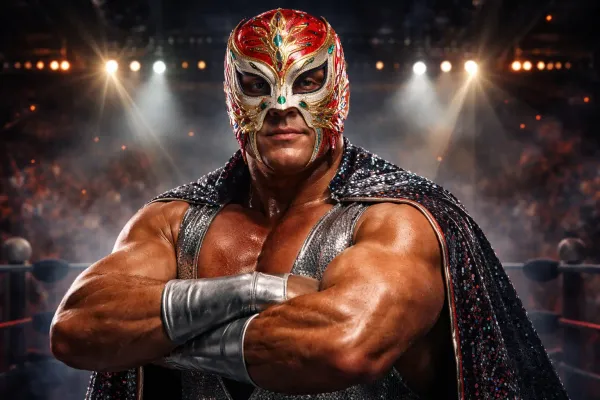The greatest cities in the history of mankind
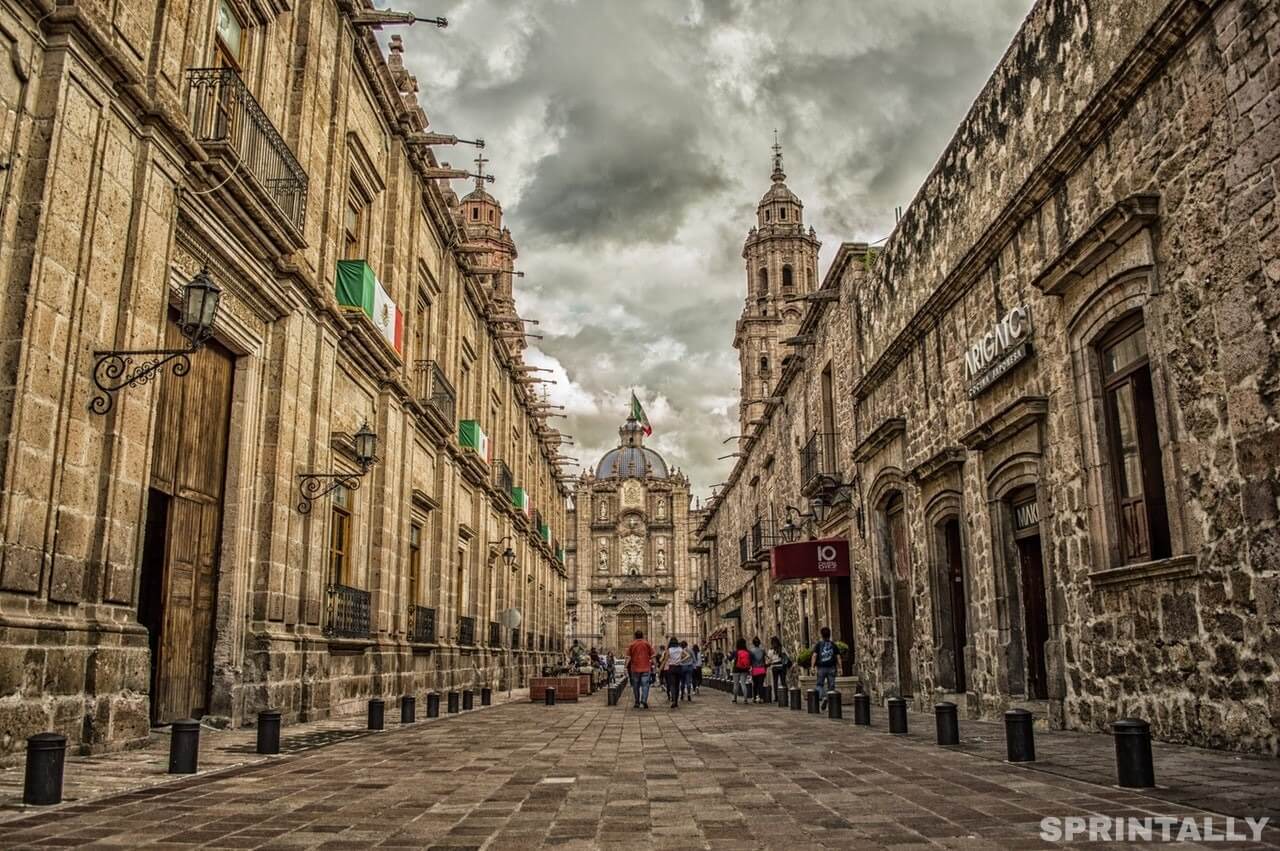
1. Tokyo
Tokyo, 1965, 15 million inhabitants. In 1965, Tokyo took New York City's title as the largest city on the planet and has since been the undisputed leader in terms of population. In addition, Tokyo is the most high-tech city in the world, despite the fact that it had to be almost completely rebuilt after the defeat of Japan in the Second World War. Today, the population of Tokyo, together with the suburbs, is 37.8 million people.

2. New York
New York, 1925, 7.8 million inhabitants. While Europe was moving away from the consequences of the war, it beneficially affected the US economy. New York quickly became the focus of all America's finances, the main part of the country, and also the place where emigrants came from all over the world. In 1930, the legendary skyscraper Chrysler Building was erected here, and in 1931 - the equally famous tower Empire State Building. Today, the population of New York is 23.7 million people, but even with such an impressive figure, the city is only in fifth place.

3. London
London, 1841, 1.9 million inhabitants. This city became the largest city on the planet in the period that is called Pax Britannica - in the era of total domination of the British Empire at sea and in international relations. At that time, Britain was the world's only superpower. The rapid growth of London was due to the industrial revolution. If in 1841 the population of the city was 1.9 million people, then in 1914 it grew to 7.4 million, but in 1914 this growth was significantly slowed by the First World War.

4. Beijing
Beijing, 1450, 600 thousand inhabitants. Only 50 years, Beijing needed to take the lead from Nanking. From 1420 until now, the city remains the capital of China. The Ming Dynasty erected such world-famous architectural monuments as the Forbidden City and the Temple of Heaven on its territory. For several centuries, Beijing remained the largest city in the world. In 1800, its population reached a mark of 1.1 million inhabitants.

5. Nanjing
Nanjing, 1400, 500 thousand inhabitants. After Chang'an Kaifeng and Hangzhou lost part of their population, the largest city in China and the world became Nanjing with 500 thousand inhabitants. It happened at the beginning of the 15th century. The port city, located in the lower reaches of the Yangtze River, flourished during the Ming Dynasty. The emperor Yongle sent huge lots of precious wood from this city to Africa. Due to political motives, Yongle moved to Beijing, so the population of Nanjing began to decline.
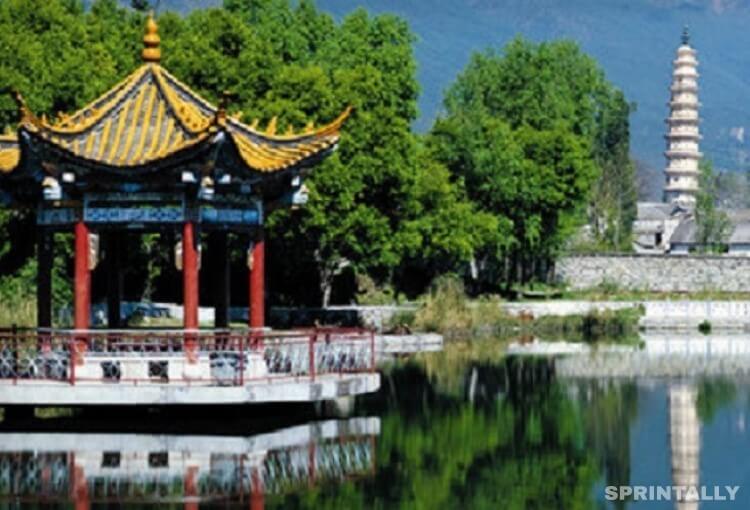
6. Hangzhou
Hangzhou, 1200, more than 1 million inhabitants. This city was located to the south of the Great Chinese Canal. The city was a major trading center and capital during the last stage of the Song dynasty. The traveler Marco Polo, who visited Hangzhou in the late 13th century, wrote that it is the most beautiful and magnificent city in the world. The Moroccan traveler Ibn Battuta, who visited Hangzhou in 1345, said that this is the largest city he saw. Alas, with the decline of the Song Dynasty, the city lost its commercial importance, and its population dispersed throughout China.
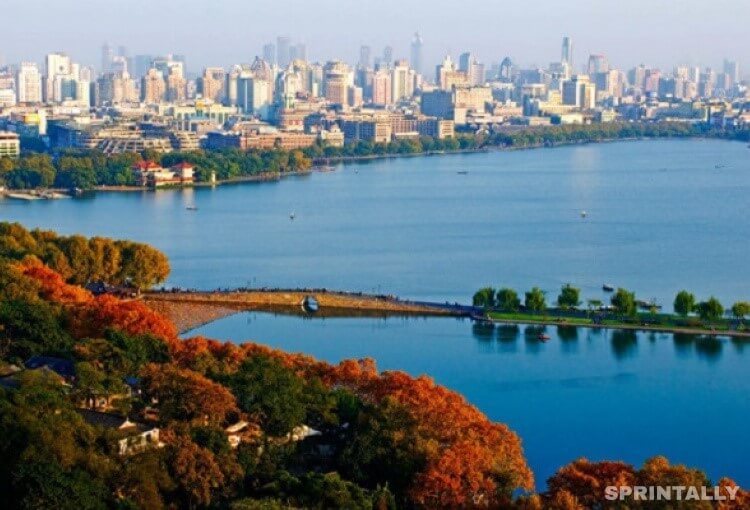
7. Kaifeng
Kaifeng, 1000 year, 1 million inhabitants. The city was built near the Great Chinese Canal and for a long time, it was the capital of the Song dynasty. By the year 1000, Kaifeng was the most industrialized city on earth. There were many forges, shops, bars, theaters. Since there were not enough forests nearby, it was in Kaifeng that they first decided to burn charcoal. Between 1102 and 1106 years, twenty new coal markets were opened in the city.
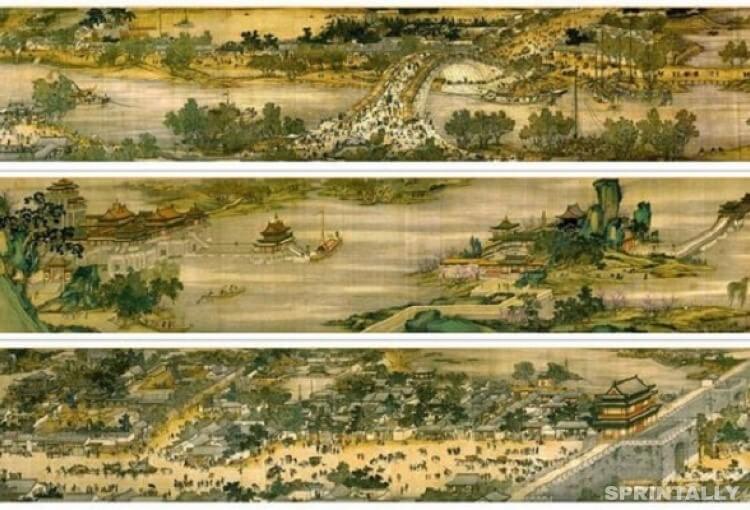
8. Chang'an
Chang'an, 600 year, 600 thousand inhabitants. Located in the northern part of China, this city served as the capital for more than ten dynasties. He became the largest city in the world in the era of the Sui dynasty (581 - 618 years). By the year 700, the number of Chang'an residents had reached one million. The city was a real architectural masterpiece. Its layout resembled a chessboard, and the boulevards were five times wider than the widest street in modern New York. Chang'an declined to the end of the Tang Dynasty in the 10th century. Today in the place of Chang'an is the city of Xian.
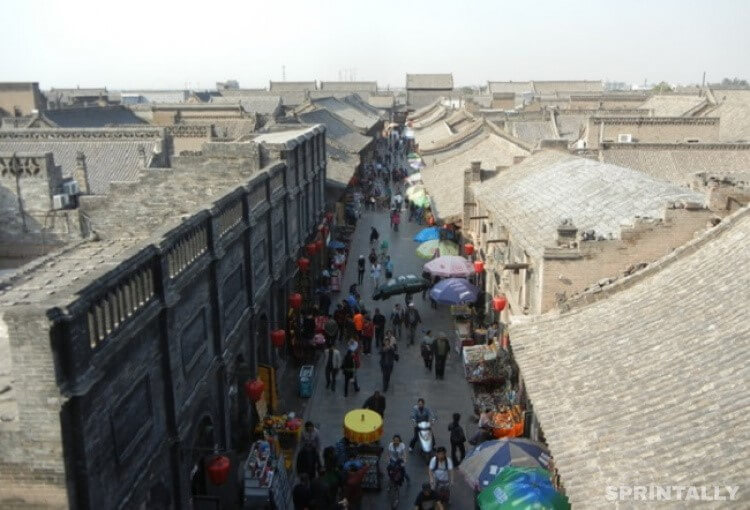
9. Constantinople
Constantinople, 500 years, 450 thousand inhabitants. The current Turkish Istanbul became the capital of the Roman Empire in 324. By the year 500, when the empire fell, it was the largest city on its wreckage. In 537, Emperor Justinian erected on this site the famous Cathedral of St. Sophia. By 700 the population of the city had decreased to 100 thousand people, but then it began to grow again. In the 18th century, Constantinople once again became one of the largest cities in the world.
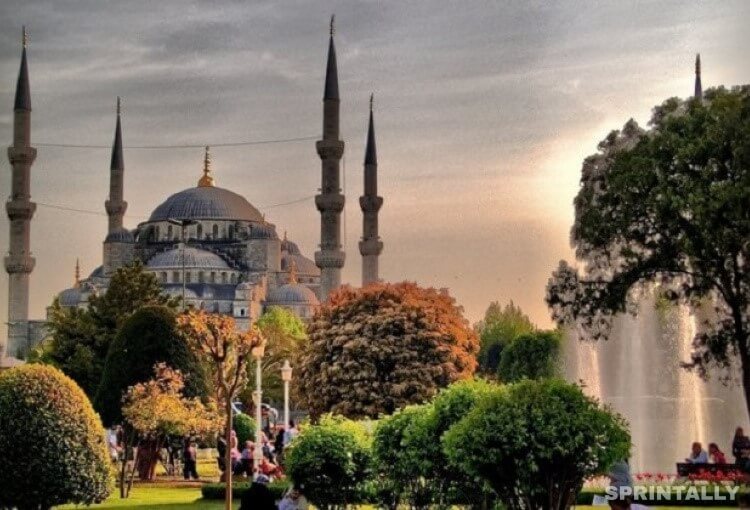
10. Rome
Rome, 100 BC. e., 400 thousand inhabitants. This city was founded in the 8th century BC. e., and already to the 2nd century BC. E. virtually controlled the entire Mediterranean region. The conquest of Caesar by Gaul in the 1st century BC. e. led to the formation of the Roman Empire. The ruins of Ancient Rome are a world-famous landmark. Probably everyone at least once heard about the Coliseum, which could hold up to 80 thousand spectators at the same time. As of the year 100 BC. e. in Rome lived about 400 thousand inhabitants. After 200 years, in 100 AD, the population was a million people. It remained the most populated city in the world until the 4th century when the Western Roman Empire was destroyed.

11. Alexandria
Alexandria, 300 BC. e., 150 thousand inhabitants. One of the largest cities in Egypt, existing in the modern world. The city was founded in 332 BC. e. Alexander the Great, and 30 years later, by 300 BC. e., Its population has increased to 150 thousand people. Since its foundation, for a thousand years, this city was the capital of Egypt but began to decline during the reign of the Romans and the Arabization of the country.

12. Nineveh
Nineveh, 700 BC. e., 100 thousand inhabitants. The ancient capital of the Assyrian state was located on the territory of modern Iraq. The city was founded about 6 thousand years ago. But only from the 3rd millennium BC. e. he gradually began to transform into a temple center. By the year 700 BC. e. The city occupied an area of about 7 square kilometers, had 15 huge gates, 18 canals, and many aqueducts. In 612, as a result of a two-year siege, the city was destroyed by a united army of Babylonians and Medes.

13. Nimrud
Nimrud, 800 BC. e., 75 thousand inhabitants. The ancient city in Mesopotamia, located on the territory of modern Iraq. In the 9th century BC. e. King Ashshurnatsirapal II built here a huge palace-treasure, a number of temples, gardens, and zoos. To our time, unfortunately, from the splendor of the city, there is practically nothing left.
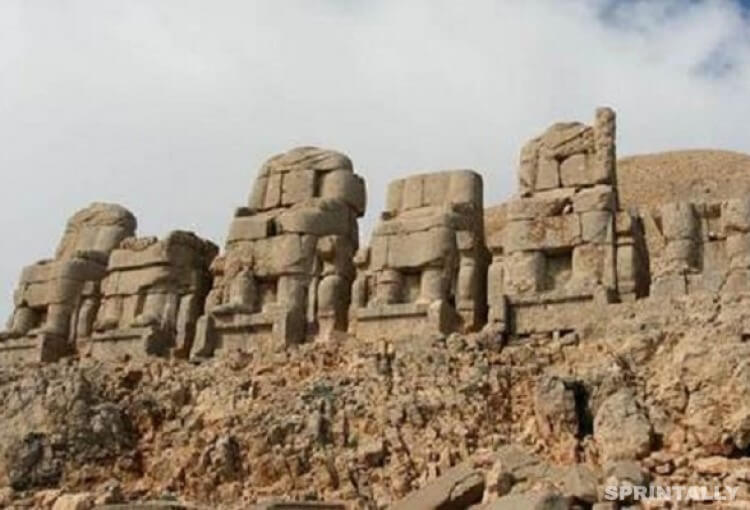
14. Thebes
Thebes, 1500 BC. e., 75 thousand inhabitants. The Egyptian city of Thebes was replaced by Memphis as the capital of the empire. By the 15th century BC. e. in Thebes lived about 75 thousand inhabitants. In the 13th century BC. e. The city lost the status of the capital and in 667 BC. e. it was destroyed by the Assyrians.

15. Babylon
Babylon, 1770 BC. e., 60 thousand inhabitants. During the reign of King Hammurabi, there was a significant rise in the empire of Babylon. By 1770 BC. e. the population was 60 thousand people. During the reign of Nebuchadnezzar II, this number increased to 150 thousand people.
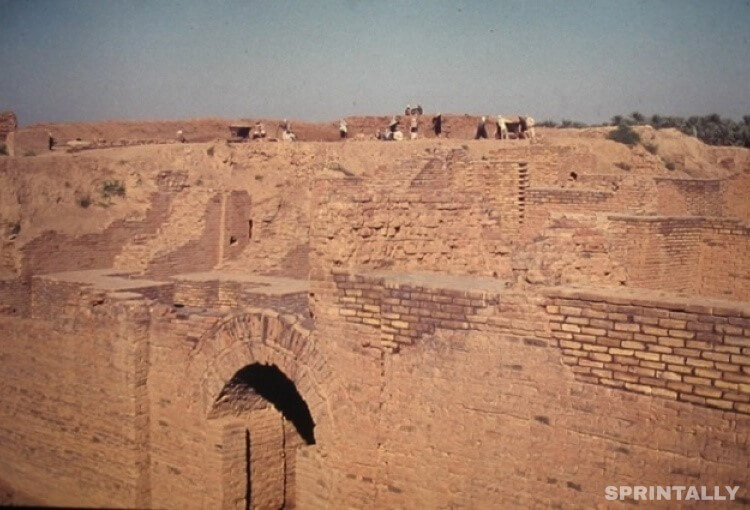
16. Memphis
Memphis, 2250 BC. e., 35 thousand inhabitants. After the unification of Egypt in 3100 BC. e. Memphis became the capital of the whole empire. In this city, they collected taxes from all the surrounding lands, and thanks to this, it grew rapidly. It is here that the famous pyramids are located - the tombs of the pharaohs. The rise of Thebes led to the fact that the city lost its importance and gradually began to empty out. Today it is a World Heritage site.
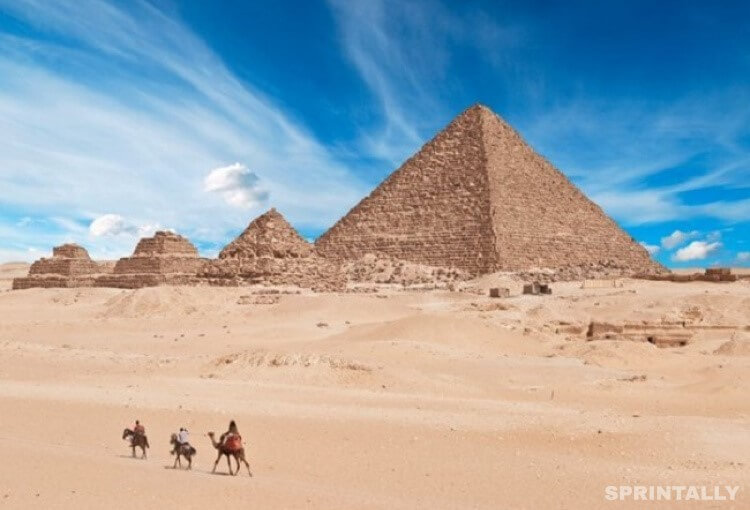
17. Uruk
Uruk, 3600 BC. e., 40 thousand inhabitants. Archaeologists have established that, with its impressive dimensions, Uruk is bound, oddly enough, to failures. Scientists claim that the townspeople were forced to rally and expand the controlled territories. This huge city at that time had a fairly developed culture and dominated the territories from Syria to Iran.
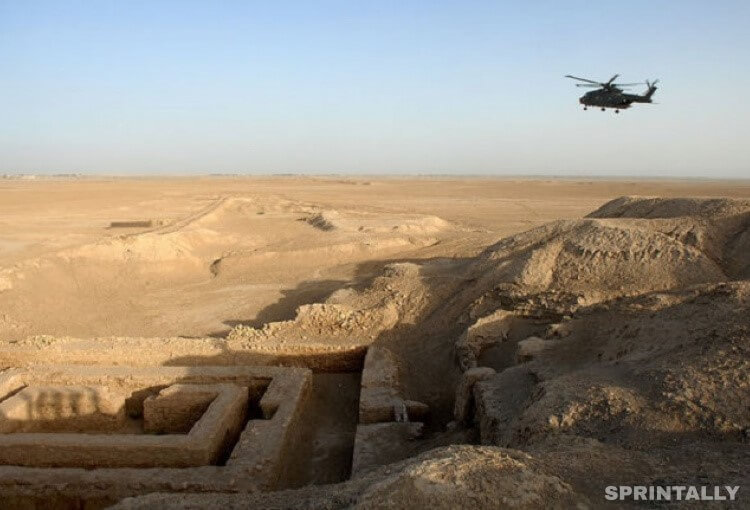
18. Tell Brak
Tell Brak, 5 thousand years BC. e., 4,000 inhabitants. This city was located on the territory of modern Syria. In ancient documents, it is said that he bore the name Nagar. This large city was part of the main trade route that united Anatolia, the Levant, and southern Mesopotamia. The ancient city became famous all over the world for its "Temple of the Eye". About this building, there is very little information, and its name was received because of the numerous alabaster figures of the big-eyed idols that were discovered there.
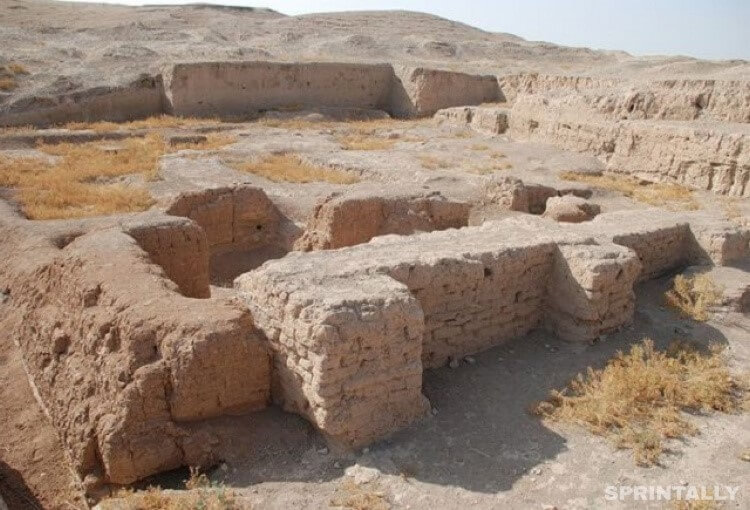
19. Chatal-Hyuk
Chatal-Hyuk, 7 thousand years BC. e., 1000 inhabitants. According to numerous studies, this settlement, located on the territory of modern Turkey, is the most ancient metropolis of our planet. As of the seventh millennium BC. e. the population was 1 thousand people - a fairly large figure for that time. Five hundred years later, in 6500 BC. the city's population increased to 3 thousand inhabitants. In the year 5600 BC. e. the city was abandoned.
